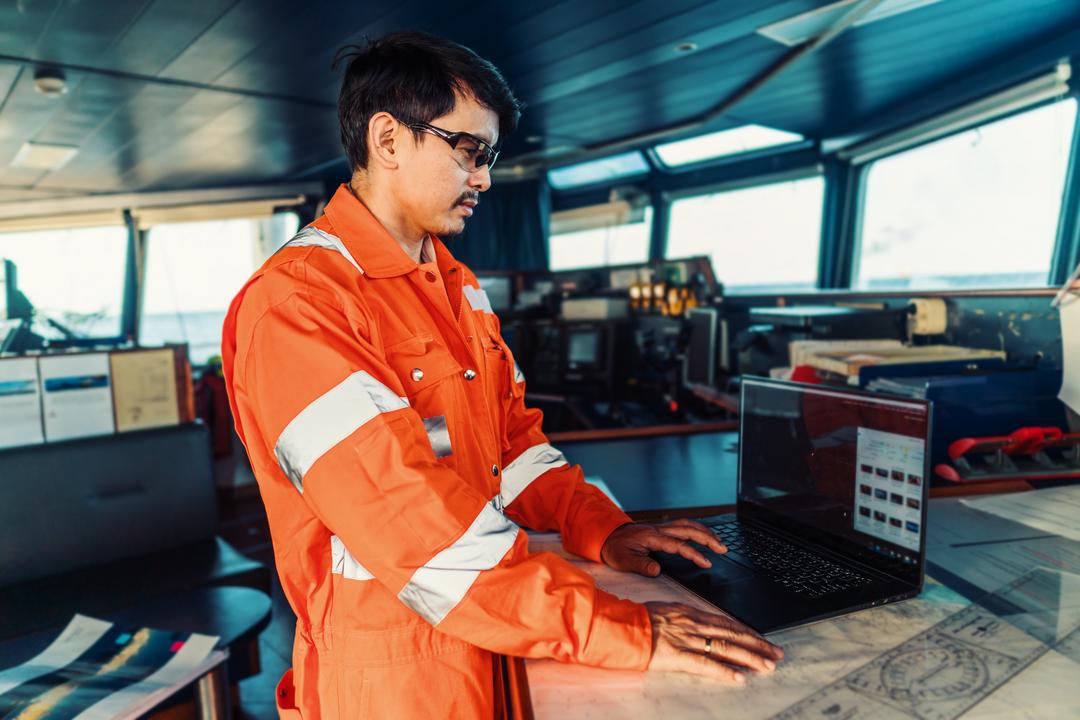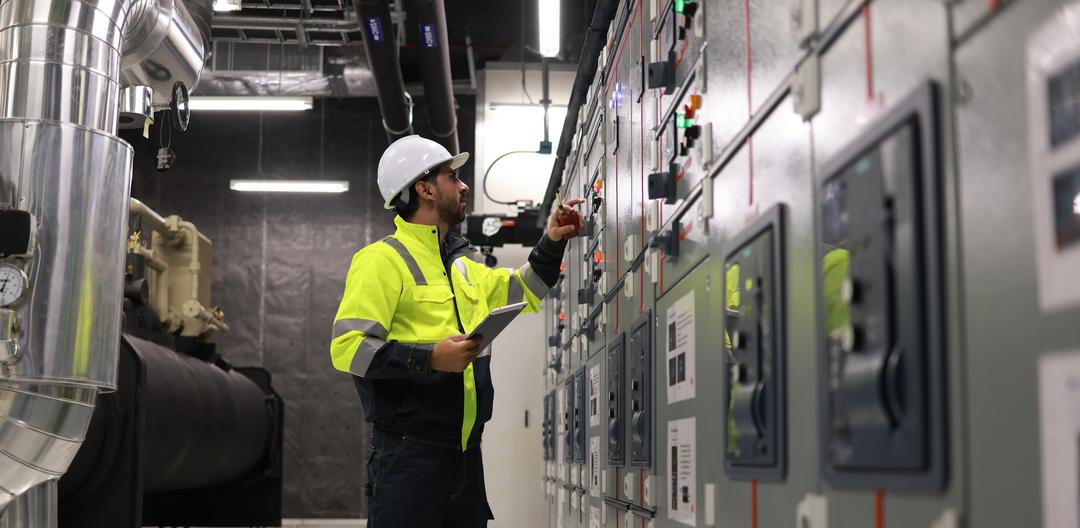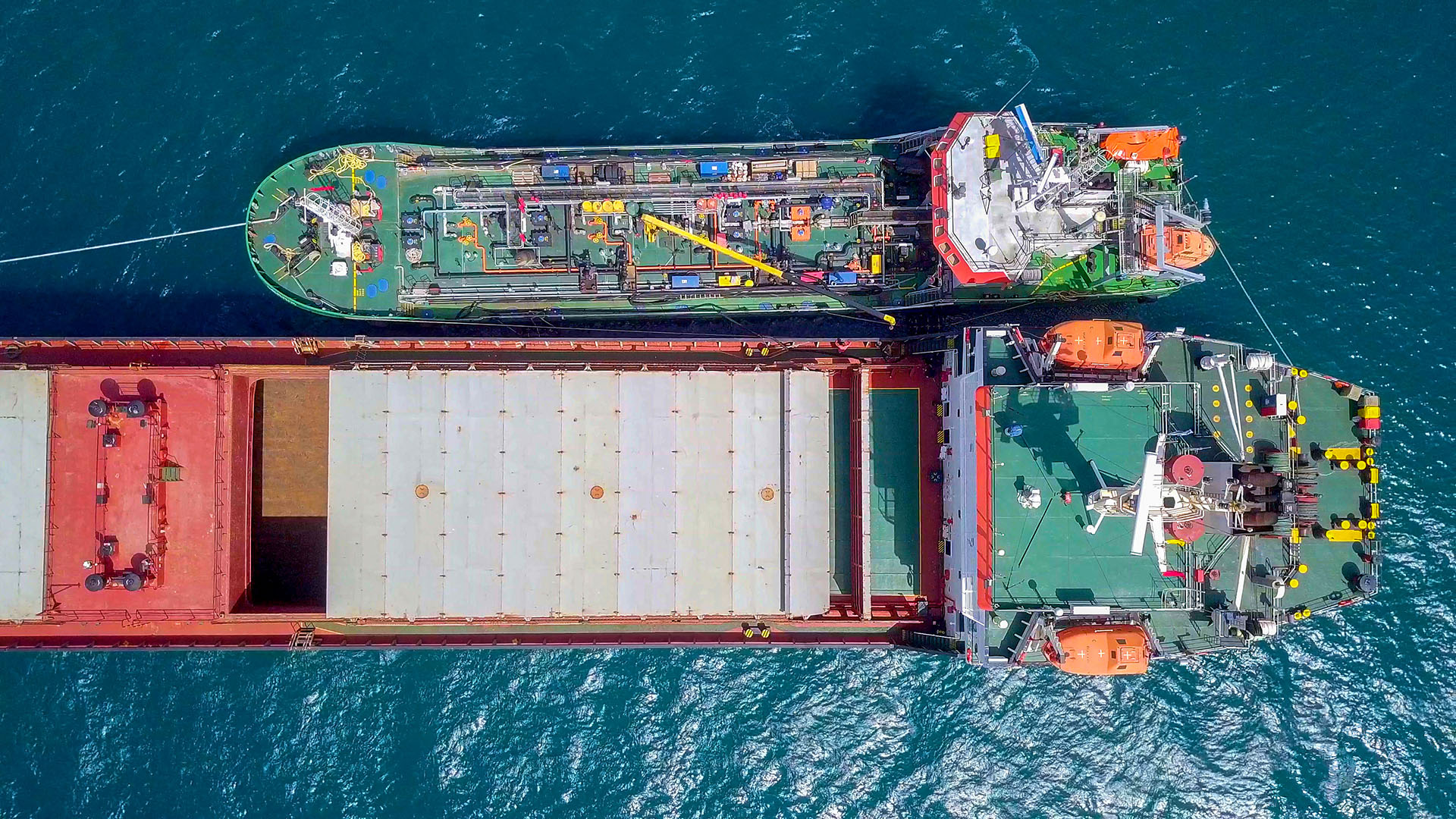In 2018, the IMO established goals to reduce the carbon emissions of global shipping by 40% until 2030 and 50% by 2050, compared with 2008. A 2023 revision went a step further, with a new target of net-zero GHG emissions by 2050. A trajectory has also been agreed in the short- and medium-terms, with indicative checkpoints set at reducing GHG emissions from ships by at least 20%—striving for 30%—in 2030 and at least 70%—striving for 80%—in 2040, both in comparison to 2008 levels.
The IMO strategy also sets an important target of at least 5%—striving for 10%—uptake of zero or near-zero GHG emission technologies, fuels, and/or energy sources by 2030. Specific initiatives are incredibly diverse; everything from new ship design techniques and cutting-edge hull coatings to wind-assisted hybrid propulsion and future fuels like methanol, as used by the new LAURA Maersk container vessel, will become more common in the coming years.
However, it is data and specifically Ship Performance Monitoring, which represent today’s most viable, easy-to-deploy, and cost-effective ways to align with the IMO’s short-term targets, both in emissions and technology uptake. Maritime digitalization opens the door to an inevitable change in thinking where high-quality, high-frequency data informs the entire decision-making process, enabling new operational efficiencies including reduced fuel consumption and carbon footprint.
The new Danelec Fleet Insights is a key enabler. It provides a big-picture view of your ship or fleet performance, helping you both burn less fuel, lower your environmental impact, and comply with new IMO regulations. Specifically, the system calculates the Carbon Intensity Index (CII) for a vessel by automatically collecting fuel oil consumption, distance traveled, and hours underway data and visualizing it on your custom dashboard.
Simplifying the CII is just one of the ways that Danelec Fleet Insights helps to optimize vessel and fleet operations, and with just six years until the first IMO target milestone, it’s a simple process to get you started on your road to digitalization and decarbonization.




